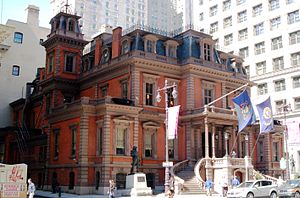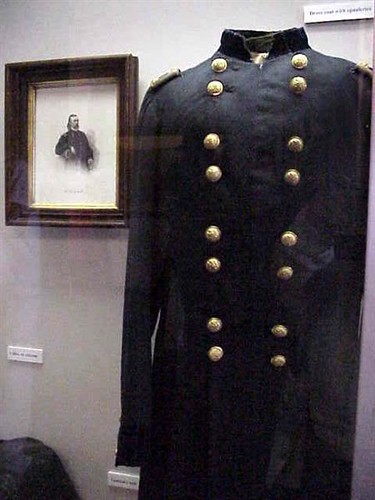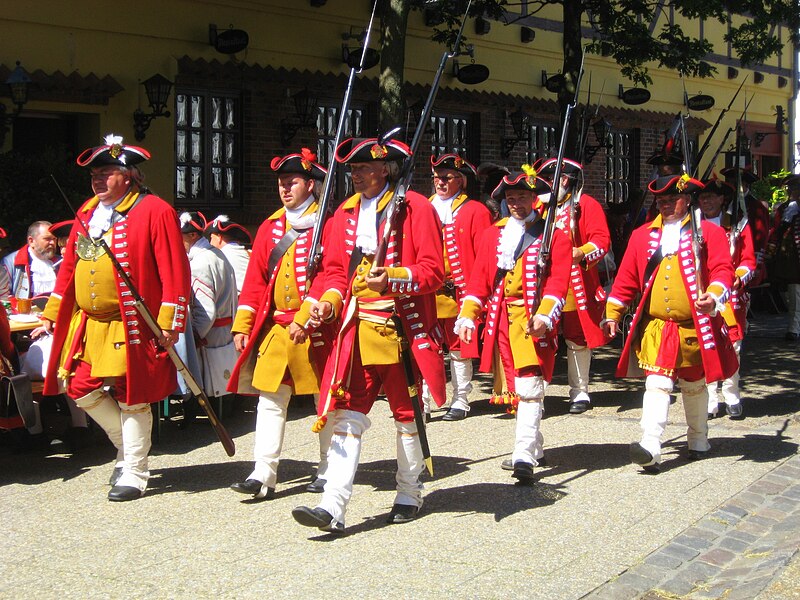 |
WWI Model 8 steel helmet with visor
in the collection of Peter Suciu.
|
"The Ford Motor Company began production of the Model 8 in November 1918, completing about 1,300 helmets. It featured a three-pad liner system similar to the one found in the Model 2. The benefits of this helmet were that with the visor down it does protect the face almost entirely, while the slits would provide reasonable field of view. Arriving just as the Armistice was signed, the Model 8 never saw combat service in France." - American military helmets of WWI, Military Trader, November 30, 2011
 |
Major Bashford Dean, the father of the
American steel helmet. Photo by Chris
Arnold.
|
One of the key designers behind these experimental helmets was actually a zoologist, Dr. Bashford Dean who also had an interest in arms and armor. His expertise in medieval arms and armor led to his appointment as curator of the arms and armor collection at the Metropolitan Museum of Art in New York City. I have had the privilege of photographing the arms and armor collection at the Met and it is one of the most spectacular collections of armor I have ever seen although the collections at the Philadelphia Museum of Art and the Tower of London are impressive as well. One day I hope to return to England and photograph the arms and armor collection at Leeds (I'm especially interested in the Mughal elephant armor!) and the Imperial War Museum in London too.
I highly recommend the article referenced and linked above. It is not only comprehensive but includes more illustrations of other experimental helmets developed during the early 20th century. Mr. Suciu also has two other websites:
www.militarysunhelmets.com and www.plundererpete.com.
 |
 |
 |



















